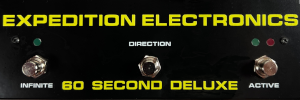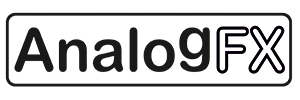Showing posts sorted by date for query Todd Barton 1979. Sort by relevance Show all posts
Showing posts sorted by date for query Todd Barton 1979. Sort by relevance Show all posts
Thursday, February 29, 2024
Random Listening
video upload by Todd Barton
"Ever wondered what the diffserence was among the various flavor randomness in the Buchla 266 Source of Uncertainty? Of course the faceplate graphics give a clue but I prefer listening to the different densities, distributions and ranges. Using the 1979 Modular Switcher this is possible to compare them in real time. Enjoy!
My Patreon: https://www.patreon.com/synthtodd"
Thursday, September 14, 2023
Pings with Random Delays
video upload by Todd Barton
"Pink Noise to Buchla 230 Envelope Follower then Pulse out to ping the SoundFreak EMS Filter onto the 292 Lo Pass Gate and finally to the 1979 Stereo Digital Delay with its Time and Feedback being randomized from the 266 Source of Uncertainty."
Monday, April 03, 2023
1979 DSS Pendulum Steps
video upload by Todd Barton
"Building off yesterday's patch I'm now syncing the sequencer to go through those 4-note arpeggios (albeit a bit of a sloppy sync by ear) then starting with a single step in both switches and adding steps while in different Pendulum modes so you can see by the lights how they go in and out of phase. Enjoy!
My Patreon: https://www.patreon.com/synthtodd"
1979 modules are available at Noisebug and Signal Sounds.
You can find additional DSS posts here.
Sunday, April 02, 2023
1979 DSS Arp Presets
video upload by Todd Barton
"Using the 1979 DSS to randomize the steps of a for note arpeggio and using the Buchla 246 (just the first 5 stages) as presets for the 4 note arpeggios.
My Patreon: https://www.patreon.com/synthtodd"
1979 DSS Krell
video upload by Todd Barton
"Made 3 very basic Krell patches then used the 1979 Dual Sequential Switch to jump around among those 3 audio feeds. Enjoy!
My Patreon: https://www.patreon.com/synthtodd"
Saturday, April 01, 2023
Friday, March 31, 2023
1979 DSS Overview 1
video upload by Todd Barton
"Just the basics of the 1979 Dual Sequential Switch. I'm really loving all the new routings and imaginative possibilities of this unique module.
My Patreon: https://www.patreon.com/synthtodd"
Wednesday, March 29, 2023
1979 DSS patch
video upload by Todd Barton
"A little patch with the 1979 Modular's Dual Sequential Switch.
My Patreon: https://www.patreon.com/synthtodd"
Monday, March 20, 2023
1979 DSS Modes 2
video upload by Todd Barton
"Couldn't keep my hand and mind off of this. Enjoy dual sequencing of audio (top half) and CV (bottom half).
Now back to work . . .
My Patreon https://www.patreon.com/synthtodd"
1979 DSS Modes
video upload by Todd Barton
"Just got this 1979 Modular module, the Dual Sequential Switch and am having a blast! Here's just a simple yet effective fun patch to feature the Mode settings. Enjoy!
My Patreon: https://www.patreon.com/synthtodd"
Bidirectional sequential switches for audio and CV
The DSS is intended as a companion for the Buchla 245/246 sequencers and other "quad" modules in Buchla format such as the 281 and 292. New possibilities for performance and composition arise from the ability to dynamically route multiple sources to multiple destinations without repatching.
BUILD OPTIONS. Choose from one of three build options. See the images above for illustrations of each build type. On the standard build the main I/O uses Tinijax on the top half and banana jacks on the bottom half. Custom builds with all Tinijax or all banana jacks for the main I/O are also available. If you want a custom build, please send an email with your build preference after placing your order. If no preference is stated your module will be supplied as a standard build.
The main I/O is bidirectional, meaning that the module works as a 4:1 multiplexer or a 1:4 demultiplexer. Patch up to four signals to the inputs labeled 1-4 and they will be sequentially routed to the common I/O jack. Alternately, patch one signal source to the I/O jack and it will be sequentially distributed to the 1-4 jacks.
Each half of the module has its own independent loop length (from 1 to 4 steps) and sequencing mode: forwards, backwards, forwards and then backwards (pendulum), or random. The SC (Step Change) output generates a trigger whenever the sequence length is changed, which is useful for synchronizing the upper and lower halves of the module or communicating state changes to other modules. The analog CV addressing input (ADDR) bypasses pulse-based control and allows an external CV source to select which step is active, similar to the "analog" CV input on the Buchla 245/246.
These extensive control and sequencing options make the DSS one of the most fully-featured sequential switches available in any modular format. Every aspect of the switching schema is accessible, facilitating previously inaccessible patching opportunities.
Tech Specs
4:1 or 1:4 sequential switches for audio or CV
Variable sequence length (1-4 steps) with voltage control
Variable switching mode (forward, reverse, pendulum, random) with voltage control
VC step addressing via clock, direct selection, or external 0-10V CV
Extensive pulse I/O for synchronization with external modules
Extra Settings
RESET/TRIG switch toggle. By default, pressing the RESET switch returns the sequencer to step 1, but this switch can also be used as a manual trigger source. Press RESET for 5 seconds to toggle this setting. The SC LED will blink to confirm the change. Now when the switch is pressed the TRIG jack will be pulsed instead. The RESET and TRIG jacks still work independently. Press RESET again for 5 seconds to toggle the switch function back to a manual reset.
Manual step selection. Press the RESET switch and then turn the STEPS knob for manual channel selection. This works like the ADDR CV input but doesn't require external CV. Note that all trigger inputs (RESET, TRIG, and the four SELECT jacks) can still change which channel is active so this feature works best when those inputs are not being used.
Pendulum behavior. Press the RESET switch and then turn the MODE knob to change how the Pendulum mode behaves. There are four possible settings which correlate with the four F/B/P/R labels around the knob.
You can find additional details at https://1979.ws/dual-sequential-switch/
Wednesday, February 01, 2023
Feel Good 1979
video upload by Todd Barton
"What began abstract turn fun when I toggled the start switch on the sequencer. This features the 1979 Modular Digital Resonator.
1979 Modular: https://1979.ws
My Patreon: https://www.patreon.com/synthtodd"
Friday, December 02, 2022
below this time does not exist by Todd Barton
https://toddbarton.bandcamp.com/album/below-this-time-does-not-exist
"The title comes from a phrase in one of my favorite books, The Order of Time by Carlo Rovelli. Back in February 2020 while in Italy my daughter and I were fascinated by Rovelli’s poetical unfolding of relational quantum mechanics for the lay person. At that time I selected a few phrases that piqued my imagination and creativity as composition titles for a future album. Coincidentally and spontaneously one day my daughter, Ursula, snapped a photo of me in the Tuscan sunlight which turned out to be quite extraordinary and evocative. We talked about it being the cover for this album. The future has arrived . . . enjoy!
released December 2, 2022
Instruments used:
Buchla Music Easel, Buchla 227e System Interface Module, 1979 Modular Stereo Microsound Processor, Makenoise Erbeverb, Makenoise Mimeophon, Intellijel Planar 2, TC Electronic Ditto X4 Looper, TC Electronics T2 reverb, U & I Software Metasynth.
Influences:
Though their influences may not be apparent, these Elders have guided me endlessly…
Beatriz Ferreyra, Eliane Radigue, Bebe Barron, Roland Kayn, Morton Subotnick, Gordon Mumma, John Cage, David Tudor,
Toru Takemitsu and Witold Lutoslawski."
Saturday, July 23, 2022
1979 CMP snippets
video upload by Todd Barton
"Taking a simple 5-step sequence through its paces in the 1979 Compact Microsound Processor. Enjoy!"
https://www.patreon.com/synthtodd
Tuesday, July 19, 2022
1979 CMP - Powerful DSP Effects for Buchla Systems
Pitch Shifter test video upload by Todd Barton
"Initial encounter with the 1979 Compact Microsound Processor. Some fun now!! It is using the Pitch Shift/Time Stretcher mode.
My Patreon: https://www.patreon.com/synthtodd"
via 1979
 Powerful DSP effects for Buchla systems.
Powerful DSP effects for Buchla systems.
The CMP is a powerful stereo effects processor which expands significantly on the original Clouds by Mutable Instruments. Dedicated controls for previously hidden functions, additional CV inputs, four memory banks for saving samples, and a digital CV attenuation schema make this one of the most unique audio processing modules in the Buchla ecosystem. Eight DSP modes are available which cover granular synthesis, pitch shifting, glitch-inspired audio looping, and spectral processing along with unique digital reverb and delay effects.
The CMP is a compact version of the Stereo Microsound Processor with the same basic functionality. An upgraded digital brain allows the CMP to support the "Superparasites" firmware which includes eight DSP algorithms. This firmware combines DSP code from the original Clouds by Mutable Instruments, Clouds Parasites by Matthias Puech, and two additional modes by Julius Kammerl. To change the DSP mode, press the TIME switch (upper left) for a few seconds and then press the switch to cycle through the list of algorithms below. The TIME LED will blink slowly to indicate the current algorithm, as shown below. The selection mode will automatically exit after a few seconds.
Mode 1 [●○○○]: Granular Processor
Mode 2 [○●○○]: Pitch Shifter / Time Stretcher
Mode 3 [○○●○]: Looping Delay
Mode 4 [○○○●]: Spectral Processor
Mode 5 [○●●●]: Spatial Reverb
Mode 6 [●○●●]: Resonator
Mode 7 [●●○●]: Beat Repeat / Loop Slicer
Mode 8 [●●●○]: Spectral Clouds
You can find additional details at 1979.
Tuesday, July 05, 2022
Buchla 200 and 1979 DSD
video upload by Todd Barton
"Exploring the 1979 Digital Stereo Delay with a set of Buchla reissue 200 modules. Enjoy!
My Patreon: https://www.patreon.com/synthtodd"
Saturday, July 02, 2022
Buchla and 1979 Delay
video upload by Todd Barton
"A simple experiment with Buchla 200 reissue modules and 1979 Digital Stereo Delay . . .
My Patreon: https://www.patreon.com/synthtodd"
Saturday, April 02, 2022
Buchla Patch Breakdown
video upload by Todd Barton
"A big shoutout to my Patreon patrons that make these videos possible! Thank you!
A little walkthrough this Buchla 200 patch which features the Nested Vector Oscillator from The Human Comparator. I'm using its four sine waves. One sound train is going into the Digital Resonator my 1979 modular which is based on Mutable Instruments, Rings. I hope you enjoy this.
Checkout the reissues of Buchla 200 modules here:
https://buchla.com/buchla-200-classic...
The Nested Vector Oscillator here:
https://thehumancomparator.net
The Digital Resonator here:
https://1979.ws/digital-resonator/
And, if you feel so moved, my Patreon page here:
https://www.patreon.com/synthtodd"
Thursday, December 16, 2021
Buchla Format 1979 Modal Synthesis Voice Module
Note: Auction links are affiliate links for which the site may be compensated.
via this auction
You can find a demo of one by Todd Barton here.
"Based on Elements by Mutable Instruments, the MSV uses advanced digital signal processing to simulate an abstracted physical object which can be treated like a percussive, bowed, and wind instrument simultaneously. The three outputs of this process are mixed together and routed through a resonant filter bank that simulates various physical phenomena such as vibrating metal plates, strings, and membranes. The results range from familiar Buchlidian percussive tones to wild inharmonic dissonance, polished off with an internal digital reverb/spatializer."
via this auction
You can find a demo of one by Todd Barton here.
"Based on Elements by Mutable Instruments, the MSV uses advanced digital signal processing to simulate an abstracted physical object which can be treated like a percussive, bowed, and wind instrument simultaneously. The three outputs of this process are mixed together and routed through a resonant filter bank that simulates various physical phenomena such as vibrating metal plates, strings, and membranes. The results range from familiar Buchlidian percussive tones to wild inharmonic dissonance, polished off with an internal digital reverb/spatializer."
Thursday, April 15, 2021
Buchla Percussion Play
video by Todd Barton
"Buchla Spectral Processor, Frequency Shifter, LPG et al
Nested Vector Oscillator https://shop.73-75.com/
Digital Resonator https://1979.ws/
My Patreon https://www.patreon.com/synthtodd"
Monday, December 07, 2020
NEXT PAGE
HOME
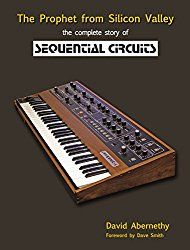



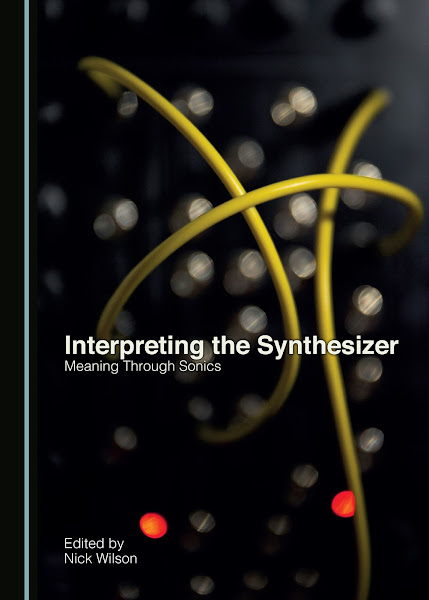
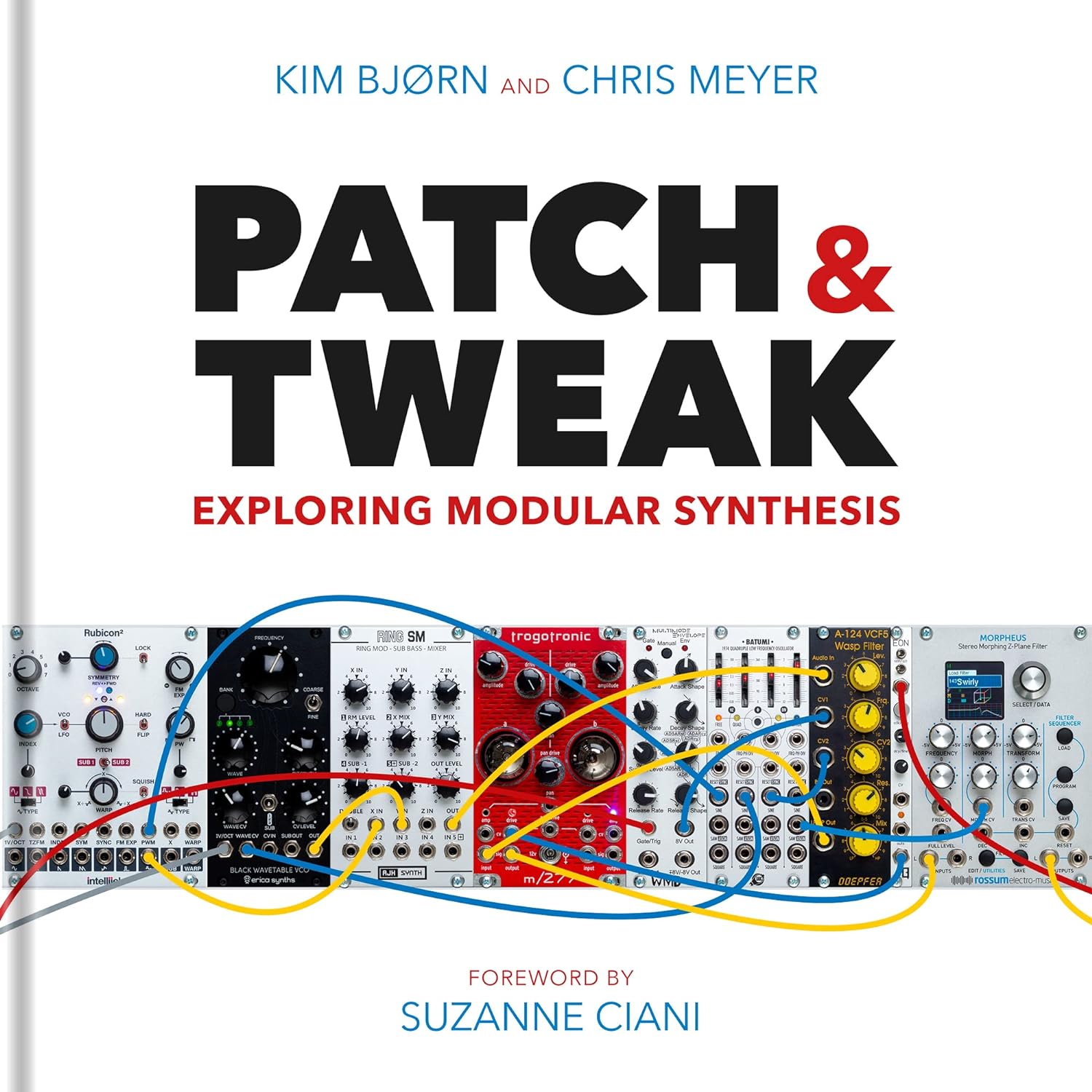

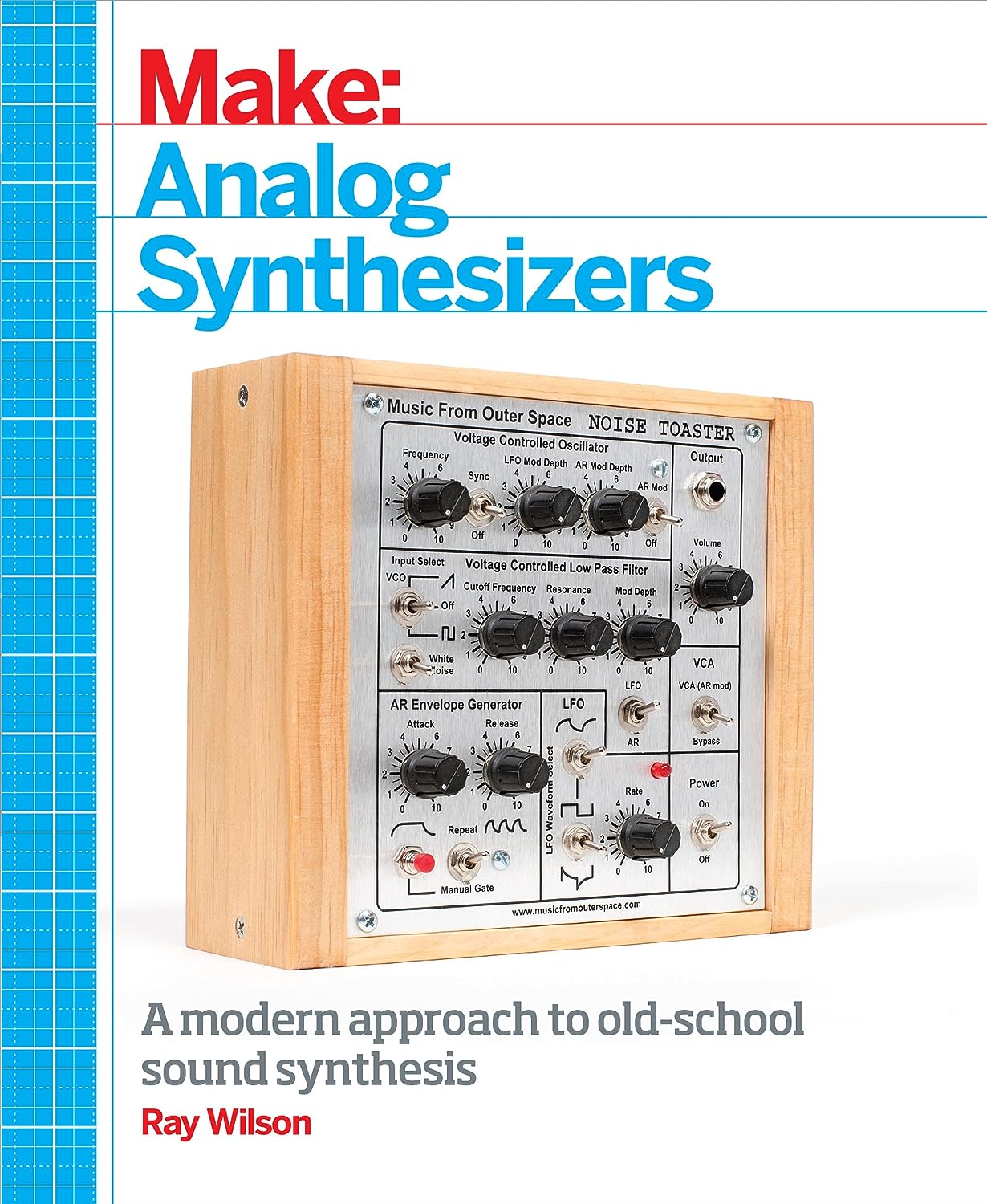

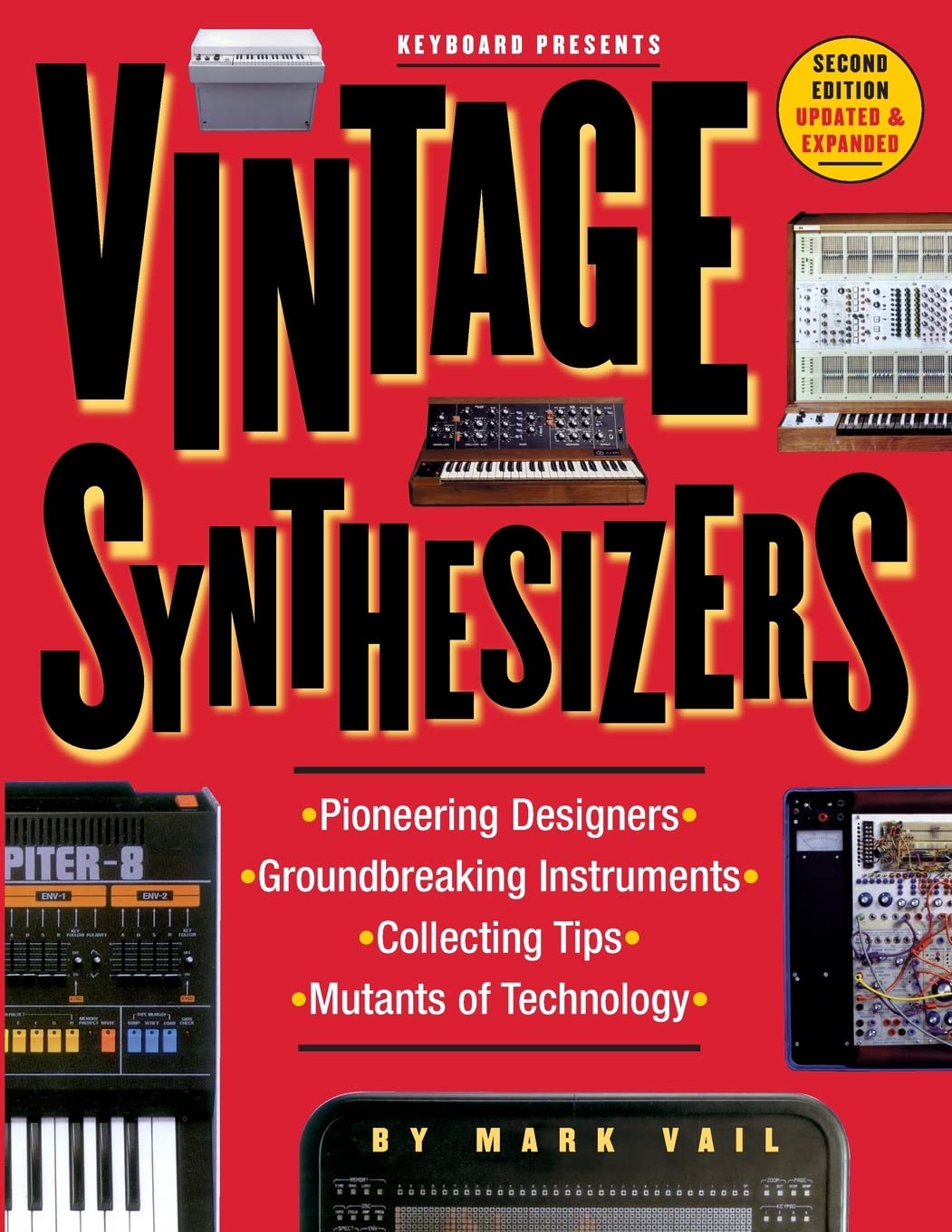
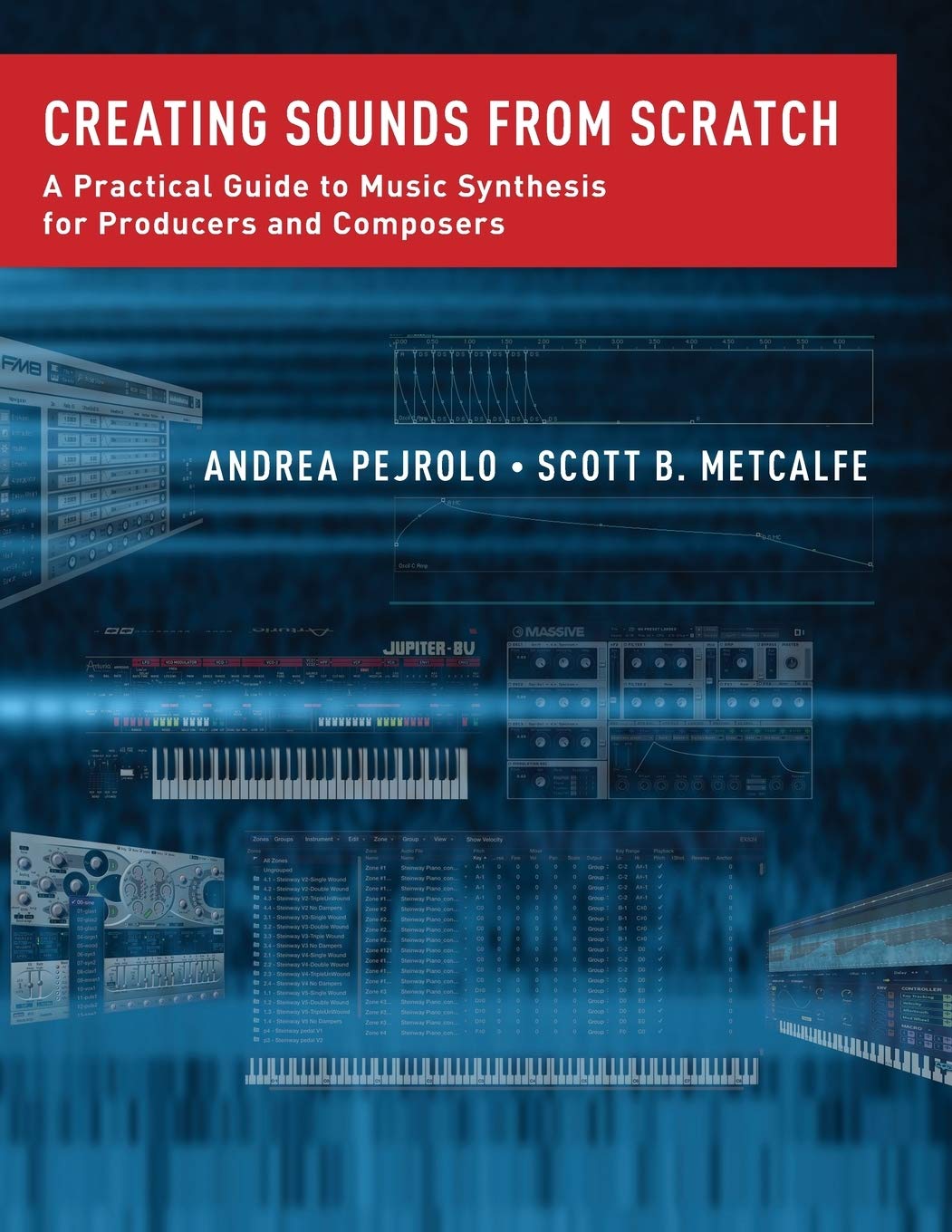
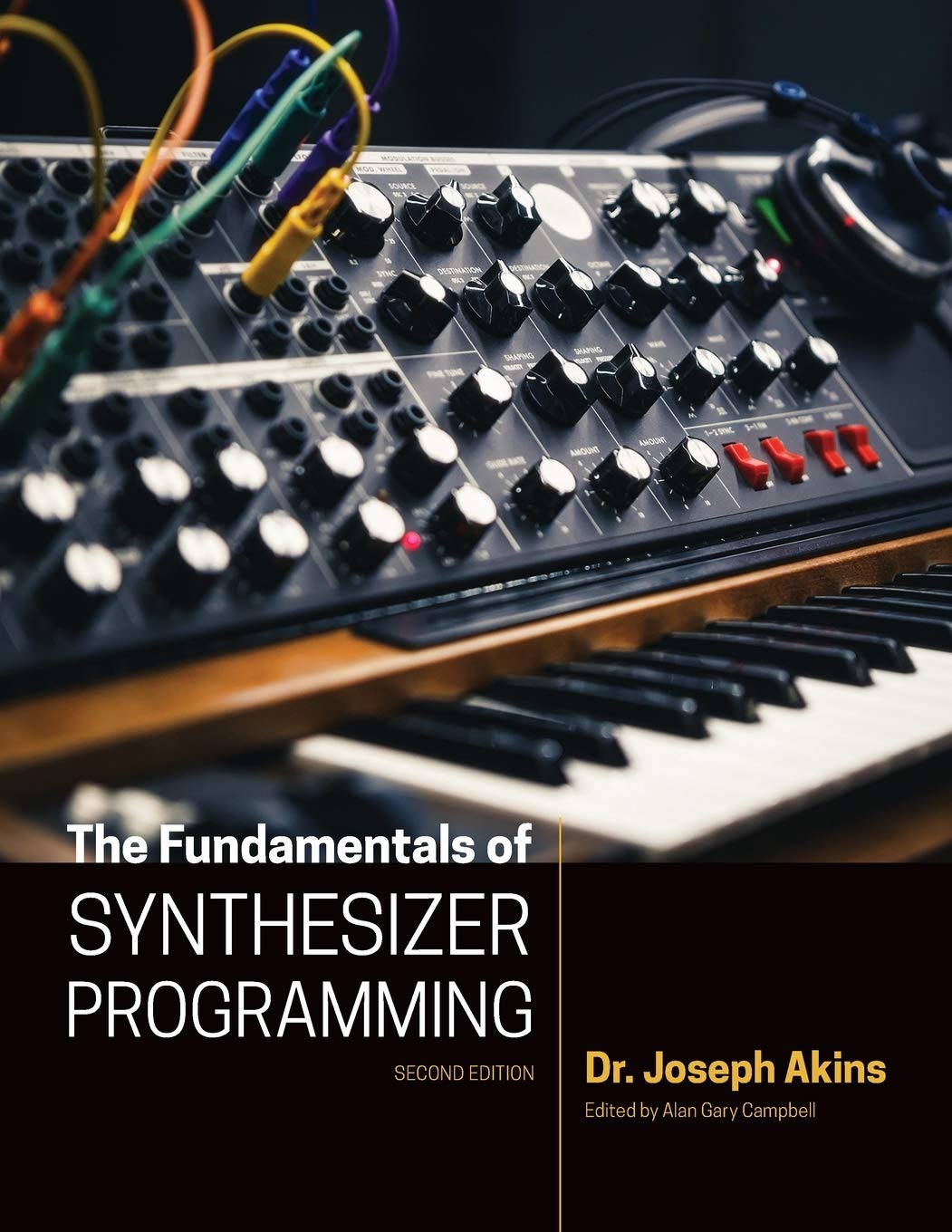

© Matrixsynth - All posts are presented here for informative, historical and educative purposes as applicable within fair use.
MATRIXSYNTH is supported by affiliate links that use cookies to track clickthroughs and sales. See the privacy policy for details.
MATRIXSYNTH - EVERYTHING SYNTH













© Matrixsynth - All posts are presented here for informative, historical and educative purposes as applicable within fair use.
MATRIXSYNTH is supported by affiliate links that use cookies to track clickthroughs and sales. See the privacy policy for details.
MATRIXSYNTH - EVERYTHING SYNTH



















